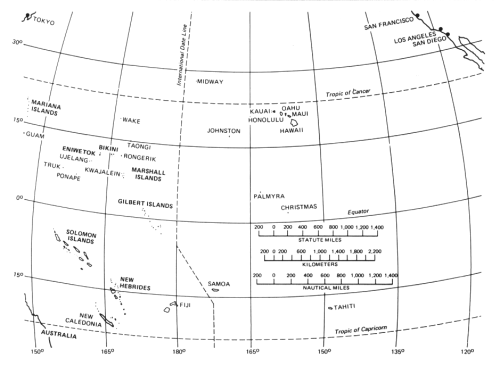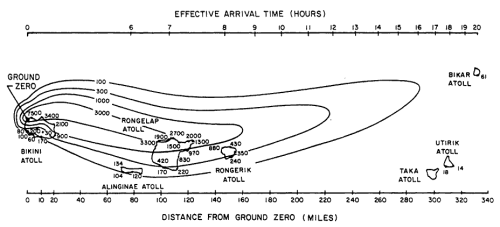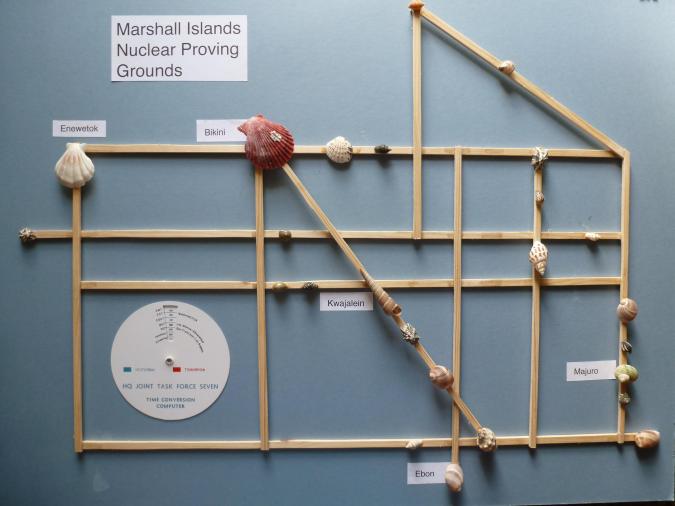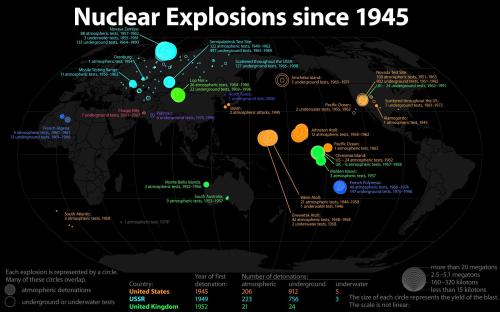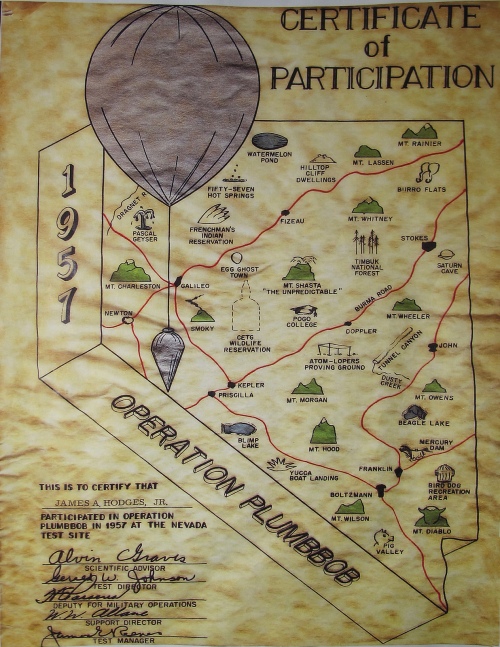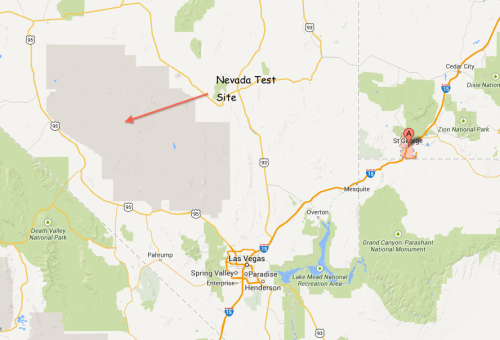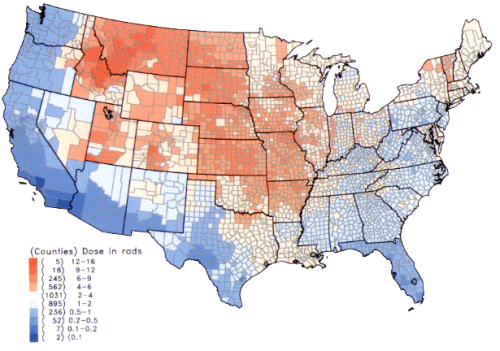After WW2 the USA needed to develop and test its nuclear technology. It set up two proving grounds.
Nevada Proving Ground
The Nevada Proving Ground was only 65 miles from Las Vegas and gamblers could watch the mushroom clouds from the casinos and hotels. Most of the 928 tests were under ground but 100, including the notorious ‘Dirty Harry;’ test, were atmospheric. and winds carried the fallout of these to the west. The town of St. George was particularly badly affected and there were increases in leukaemia, lymphoma, thyroid cancer, breast cancer, melanoma, bone cancer, brain tumours, and gastrointestinal tract cancers. Over 200,00 cases of thyroid cancer were believed to have been caused [see this post]. Nuclear Test Participation certificates were issued to the people who took part in testing [see post]
Pacific Proving Ground
Only low yield weapons were tested in Nevada. Most of the big bangs took place in the Pacific Proving Ground [1946-62], on the Enewetok and Bikini Atolls in the Marshall Islands. A few of the later tests were conducted on Christmas Island and Johnston Atoll.
A total of 105 atmospheric and underwater tests were conducted in the Marshall Islands. This was only 14% of the total number of tests but accounted for 80% of the megatonage, The estimated total yield of the Marshall Islands tests was about 210 megatons, including the 15 Mt Castle Bravo shot on Bikini in 1954. The Castle Bravo bomb got out of control and produced over twice the expected yield, spreading radioactive contamination over several of the Marshall Islands atolls and a large area of the Pacific.
An atomic stick chart
The Marshall Islands are known for the stick charts charts their navigators created to help them sail between their 29 atolls and 5 islands. These are spread over a huge area of sea and navigation was a non trivial problem. I have made a stick chart to clarify the geography and identify the atolls that the USA used for military purposes. There is more about stick charts in a separate post.
The Enewetok and Bikini [the swimsuit was named after the atoll] atolls were the ones used for testing. Kwajalien is still used by the USA as the the Ronald Reagan Ballistic Missile Defense Test Site. Majuro is the capital of the Marshall Islands. To give some idea of scale; it is 539 miles from Bikini to Ebon, the same distance as from London to Leipzig. The circular calculator in the bottom left is a Time Conversion Computer [see this post].
Testing began on Bikini in 1946 with the Crossroads tests Two 21 kiloton atomic bombs were detonated. ‘Able’ was an atmospheric test [video] and ‘Baker” an underwater test [video]. The Baker bomb was exploded at a depth of 27 meters in the middle of a small fleet of ex WW2 vessels. The dangers of radioactivity were not fully understood then and sailors were sent to try a scrub ‘clean’ the highly contaminated vessels.
Testing then moved to Enewetok Atoll for the Sandstone, Greenhouse and Ivy series of tests. After that testing took place on both Enewetok and Bikini until Operation Dominic in 1962 which involved 36 bombs being detonated above and near Johnston Atoll and Christmas Island.
Both Enewetok and Bikini remain heavily contaminated. Bikini is now a UNESCO World Heritage site. The natives of the Marshall Islands suffered form American operations in the Pacific Proving Ground, but not as badly as the natives of Utah and the mid west suffered from the operations in the Nevada Proving Ground.

